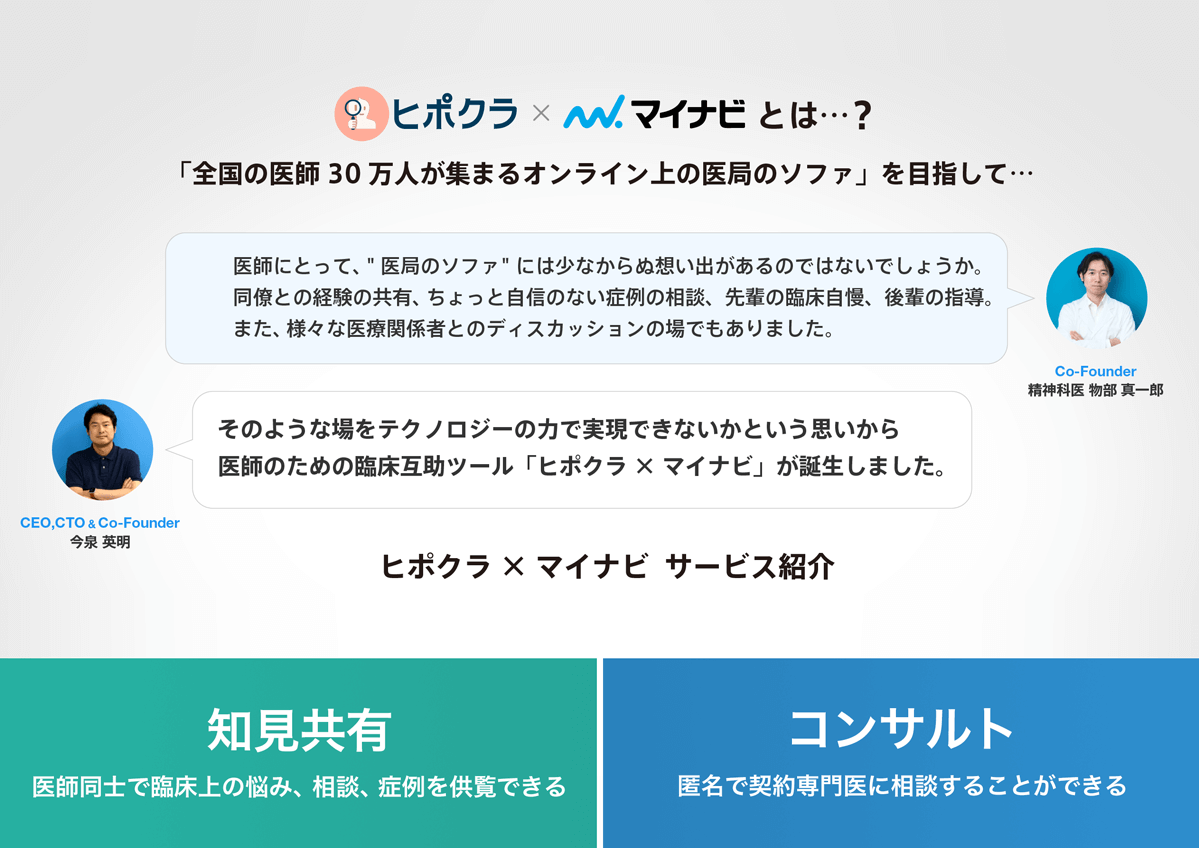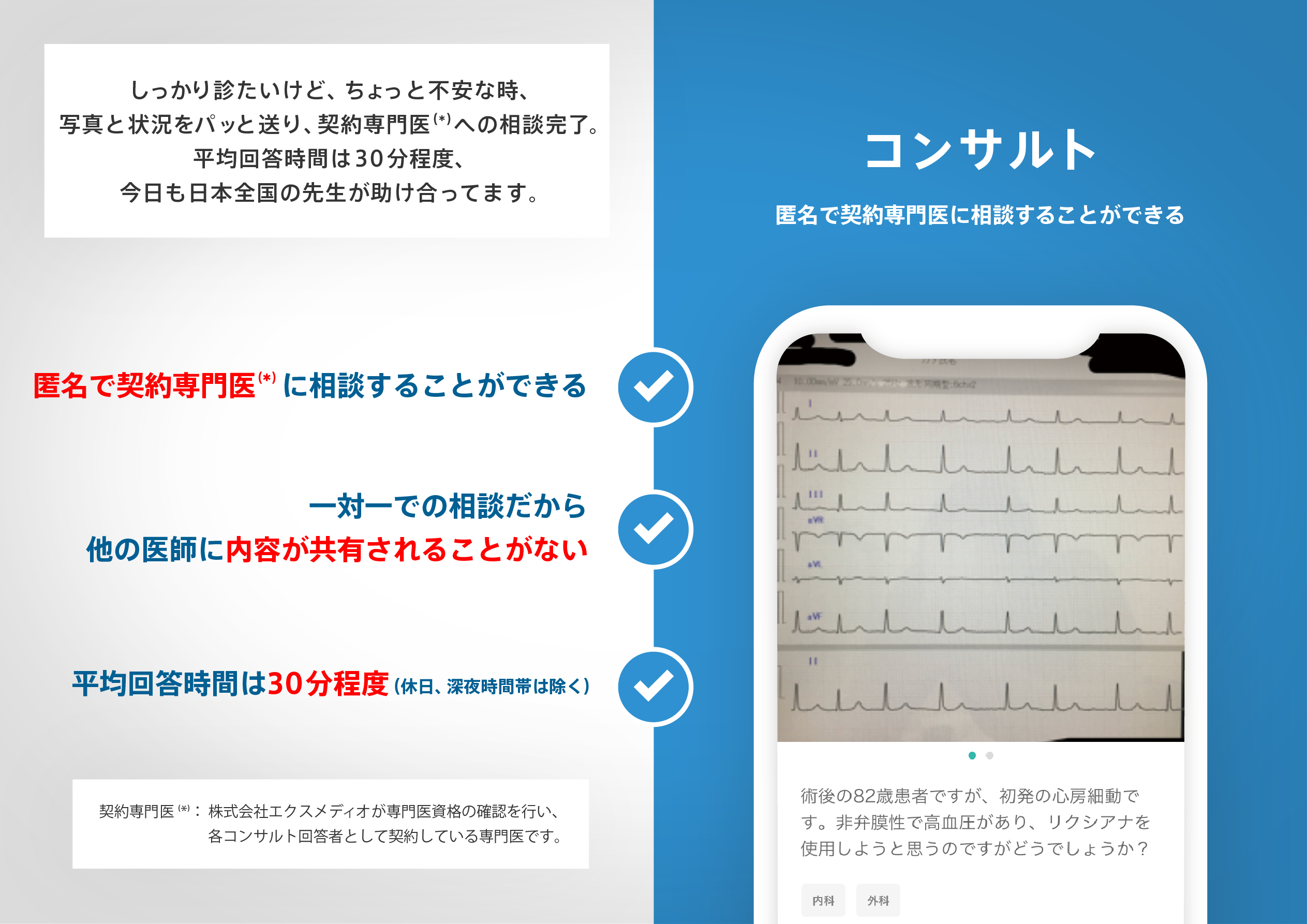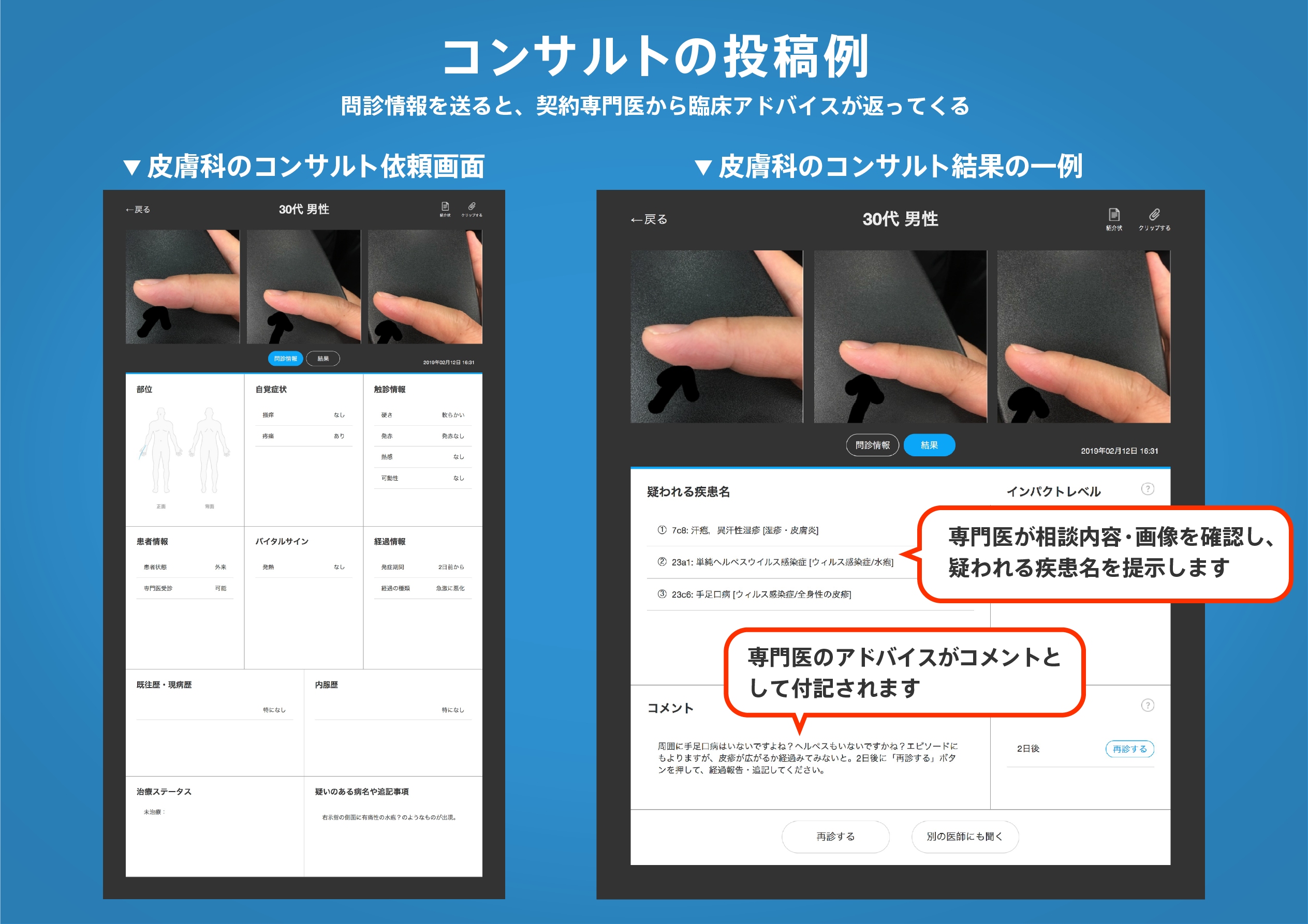著名医師による解説が無料で読めます
すると翻訳の精度が向上します
目的この研究の目的は、スペインと英語のバイリンガルと英語の単一言語の子供の間のマスクされた英語の音声認識しきい値を比較し、年齢、母性教育、およびマスクされた音声認識の個人差に対する英語の受容言語能力の影響を評価することでした。メソッド43人のスペインと英語のバイリンガルの子供と42人の英国の単一言語の子供たちは、2つのマスカー条件で英語の文の認識タスクを完了しました:(a)音声型のノイズと(b)2トーカー英語のスピーチ。若い(5〜6歳)以上の子供の2つの年齢層がテストされました。マスクされた音声認識パフォーマンスの予測因子は、2つの混合効果回帰モデルを使用して評価されました。第1モデルでは、固定効果は年齢層(年少の子供と年長の子供)、言語グループ(バイリンガル対モノリンゴ)、およびマスカータイプ(音声型のノイズ対2-トーカーの音声)でした。2番目のモデルでは、受容的な英語の語彙スコアと妊産婦教育レベルの固定効果も含まれていました。結果、年少の子供は年長の子供よりも貧弱になりましたが、英語の習熟度と母性教育もモデルに含まれていた年齢層について、バイリンガルと単一言語の子供の間でマスクされた音声認識に有意な差は観察されませんでした。英語の能力は両方のグループの年齢に適した規範の範囲内にありましたが、英語でより大きな受容的な語彙を持つ個々の子供は、より良い認識を示す傾向がありました。この効果は、年長の子供よりも年少の子供の方が強かった。すべての子供の音声受信のしきい値は、2トーカーの音声マスカーよりも音声型のノイズマスカーが低かった。年齢に関係なく、受容的な英語の能力が説明されたときにこの研究でテストされたスペイン語と英語のバイリンガルと英語の単一言語の子供について、同様の仮面の音声認識が観察されました。受容的な英語の語彙スコアは、バイリンガルと単一言語の両方のマスクされた音声認識パフォーマンスの向上と関連しており、年長の子供よりも若い子供にはより強い関係が観察されました。この研究に含まれる子供の英語の習熟度が高いことを考えると、スペインの支配的なバイリンガルサンプルを含むさらなる調査が保証されます。
目的この研究の目的は、スペインと英語のバイリンガルと英語の単一言語の子供の間のマスクされた英語の音声認識しきい値を比較し、年齢、母性教育、およびマスクされた音声認識の個人差に対する英語の受容言語能力の影響を評価することでした。メソッド43人のスペインと英語のバイリンガルの子供と42人の英国の単一言語の子供たちは、2つのマスカー条件で英語の文の認識タスクを完了しました:(a)音声型のノイズと(b)2トーカー英語のスピーチ。若い(5〜6歳)以上の子供の2つの年齢層がテストされました。マスクされた音声認識パフォーマンスの予測因子は、2つの混合効果回帰モデルを使用して評価されました。第1モデルでは、固定効果は年齢層(年少の子供と年長の子供)、言語グループ(バイリンガル対モノリンゴ)、およびマスカータイプ(音声型のノイズ対2-トーカーの音声)でした。2番目のモデルでは、受容的な英語の語彙スコアと妊産婦教育レベルの固定効果も含まれていました。結果、年少の子供は年長の子供よりも貧弱になりましたが、英語の習熟度と母性教育もモデルに含まれていた年齢層について、バイリンガルと単一言語の子供の間でマスクされた音声認識に有意な差は観察されませんでした。英語の能力は両方のグループの年齢に適した規範の範囲内にありましたが、英語でより大きな受容的な語彙を持つ個々の子供は、より良い認識を示す傾向がありました。この効果は、年長の子供よりも年少の子供の方が強かった。すべての子供の音声受信のしきい値は、2トーカーの音声マスカーよりも音声型のノイズマスカーが低かった。年齢に関係なく、受容的な英語の能力が説明されたときにこの研究でテストされたスペイン語と英語のバイリンガルと英語の単一言語の子供について、同様の仮面の音声認識が観察されました。受容的な英語の語彙スコアは、バイリンガルと単一言語の両方のマスクされた音声認識パフォーマンスの向上と関連しており、年長の子供よりも若い子供にはより強い関係が観察されました。この研究に含まれる子供の英語の習熟度が高いことを考えると、スペインの支配的なバイリンガルサンプルを含むさらなる調査が保証されます。
Purpose The purpose of this study was to compare masked English speech recognition thresholds between Spanish-English bilingual and English monolingual children and to evaluate effects of age, maternal education, and English receptive language abilities on individual differences in masked speech recognition. Method Forty-three Spanish-English bilingual children and 42 English monolingual children completed an English sentence recognition task in 2 masker conditions: (a) speech-shaped noise and (b) 2-talker English speech. Two age groups of children, younger (5-6 years) and older (9-10 years), were tested. The predictors of masked speech recognition performance were evaluated using 2 mixed-effects regression models. In the 1st model, fixed effects were age group (younger children vs. older children), language group (bilingual vs. monolingual), and masker type (speech-shaped noise vs. 2-talker speech). In the 2nd model, the fixed effects of receptive English vocabulary scores and maternal education level were also included. Results Younger children performed more poorly than older children, but no significant difference in masked speech recognition was observed between bilingual and monolingual children for either age group when English proficiency and maternal education were also included in the model. English language abilities fell within age-appropriate norms for both groups, but individual children with larger receptive vocabularies in English tended to show better recognition; this effect was stronger for younger children than for older children. Speech reception thresholds for all children were lower in the speech-shaped noise masker than in the 2-talker speech masker. Conclusions Regardless of age, similar masked speech recognition was observed for Spanish-English bilingual and English monolingual children tested in this study when receptive English language abilities were accounted for. Receptive English vocabulary scores were associated with better masked speech recognition performance for both bilinguals and monolinguals, with a stronger relationship observed for younger children than older children. Further investigation involving a Spanish-dominant bilingual sample is warranted given the high English language proficiency of children included in this study.
医師のための臨床サポートサービス
ヒポクラ x マイナビのご紹介
無料会員登録していただくと、さらに便利で効率的な検索が可能になります。






